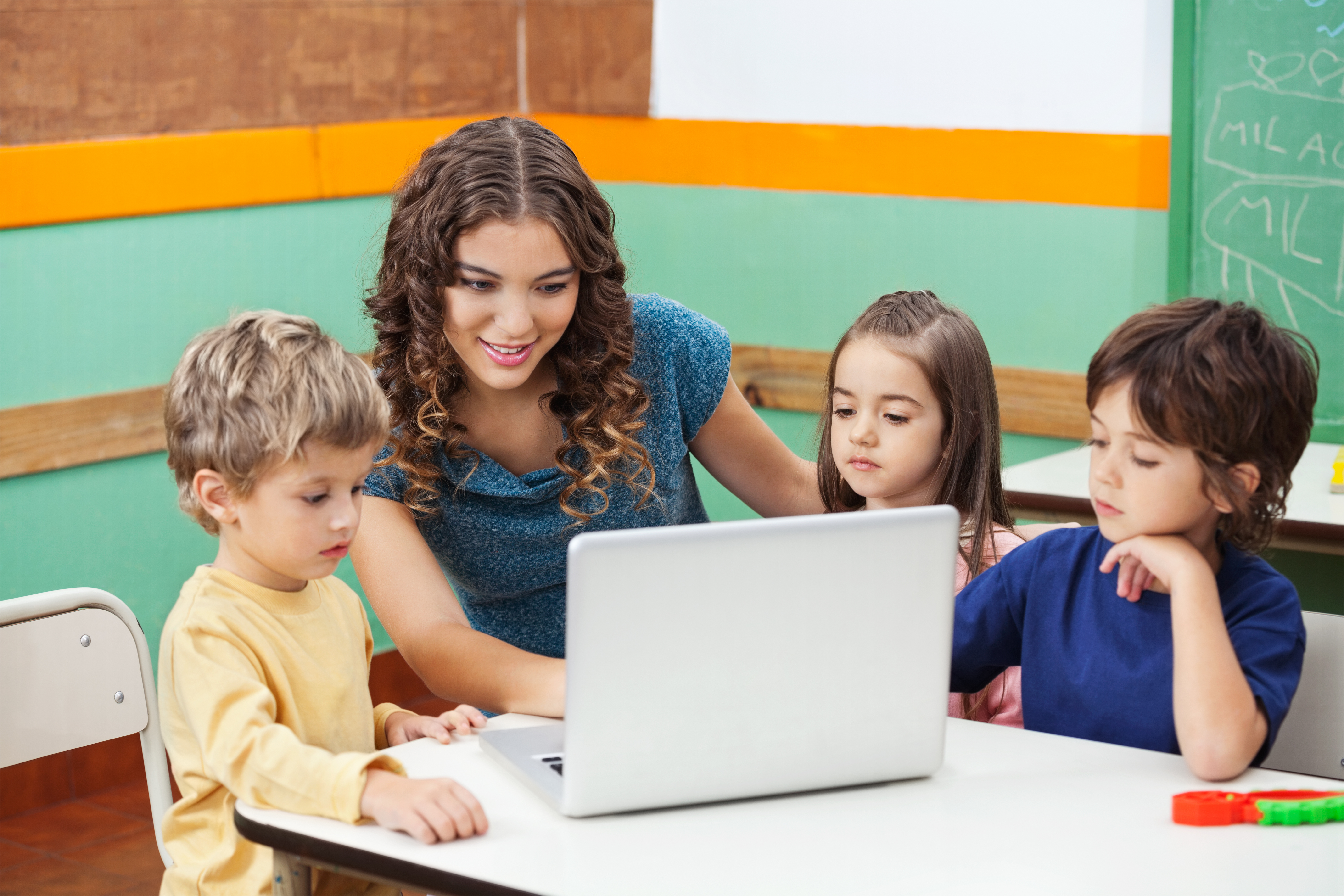Introduction
Education is the cornerstone of progress and prosperity. To provide students with the best possible learning experience, we must create an environment that fosters curiosity, critical thinking, and creativity. In this blog, we will explore the essential components of an ideal environment system for education. Join us as we delve into the key elements that empower students to become lifelong learners and compassionate leaders of tomorrow.
- Student-Centered Approach: Putting Learners at the Core
The best environment system for education starts with a student-centered approach. It recognizes that every student is unique and has diverse learning needs and preferences. By tailoring the learning experience to individual students, we can ignite their passion for knowledge and enable them to explore their interests fully.
- Supportive and Caring Atmosphere: Nurturing Growth and Confidence
A positive and supportive atmosphere is vital for student development. When students feel cared for and valued, they are more likely to take risks, ask questions, and actively participate in the learning process. Building a nurturing environment fosters emotional well-being, leading to enhanced academic performance and personal growth.
- Encouraging Critical Thinking and Problem-Solving
An effective education environment encourages critical thinking and problem-solving skills. It goes beyond rote memorization and encourages students to analyze information critically, apply knowledge in real-world scenarios, and come up with innovative solutions to complex challenges.
- Technology Integration: Embracing the Digital Age
Incorporating technology into the education environment is crucial for preparing students for the digital age. Modern tools, such as interactive digital platforms and online resources, enhance engagement and enable personalized learning experiences.
- Collaborative Learning Spaces: Fostering Teamwork and Communication
Collaborative learning spaces promote teamwork and communication skills. By encouraging students to work together on projects and share ideas, they develop essential interpersonal skills that are valuable in both academic and professional settings.
- Focus on Creativity and Arts Education
Nurturing creativity and providing arts education is essential in a well-rounded environment system for education. Arts education fosters self-expression, imagination, and emotional intelligence, allowing students to develop a deeper appreciation for diverse forms of art and culture.
- Inclusive Education: Embracing Diversity
An ideal education environment system embraces diversity and promotes inclusivity. It ensures that all students, regardless of their backgrounds or abilities, have equal access to quality education and feel welcome and supported within the learning community.
- Teacher Professional Development: Empowering Educators
Teachers are the backbone of the education system. Providing continuous professional development opportunities empowers educators with the latest teaching methodologies and tools, enriching the overall learning experience for students.
- Parent and Community Engagement: A Collaborative Partnership
Strong parent and community engagement play a pivotal role in the success of the education environment system. A collaborative partnership between educators, parents, and the community fosters a sense of collective responsibility for the students’ growth and development.
- Lifelong Learning Culture: Encouraging a Quest for Knowledge
Finally, the best education environment system instills a culture of lifelong learning. By encouraging students to become curious, self-directed learners, we equip them with the skills and motivation to continue their educational journey beyond the classroom.
Conclusion
Creating the best environment system for education is an ongoing endeavor that requires dedication, collaboration, and continuous improvement. By embracing a student-centered approach, fostering a supportive and caring atmosphere, encouraging critical thinking, integrating technology, promoting collaborative learning, embracing diversity, and prioritizing arts education, we can nurture future leaders who are equipped to shape a better world. When teachers, parents, and communities come together with a shared vision, the potential for positive impact on students’ lives is boundless. Let us work collectively to create an education environment that empowers and inspires the leaders of tomorrow.




